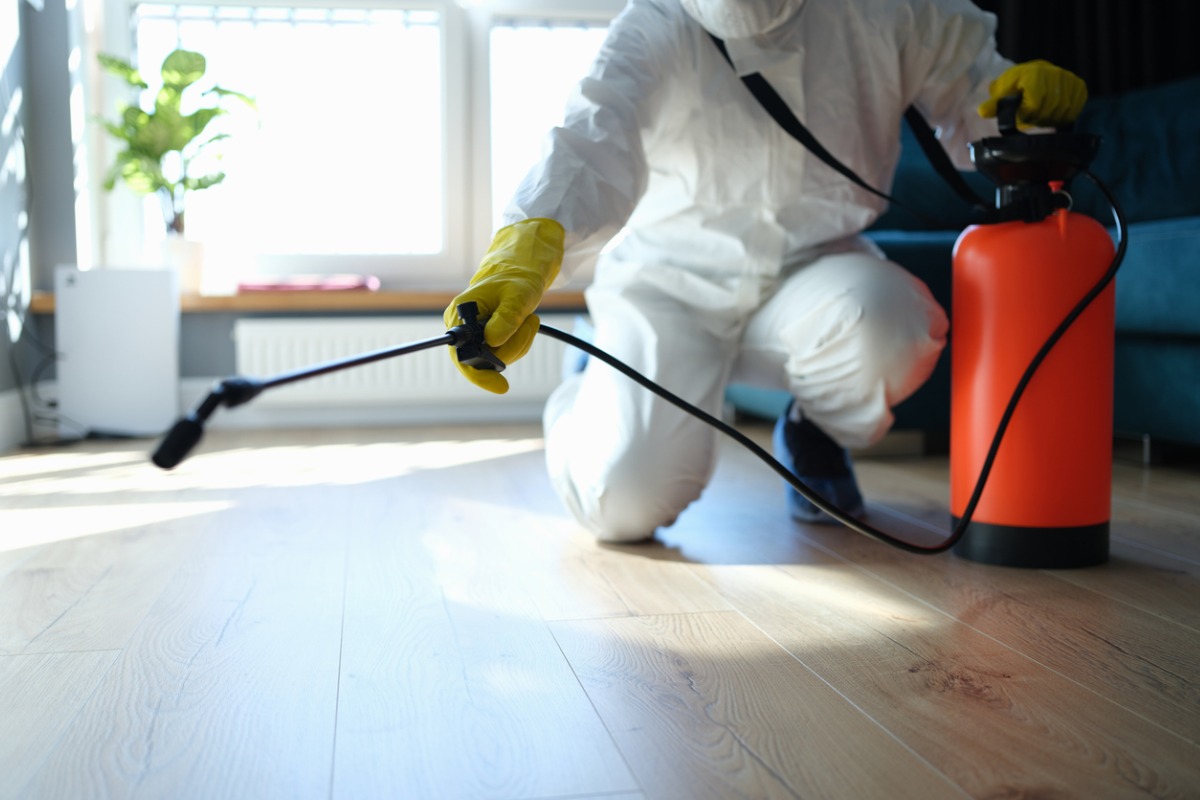Subterranean termites are among the most destructive pests that pose a serious threat to homes and buildings. These silent invaders can cause extensive structural damage before anyone notices their presence, making early detection and effective elimination critical. Understanding how to identify subterranean termites and taking swift action to eliminate them can save property owners thousands of dollars in repairs. Proactive measures and professional interventions are essential in safeguarding your property from the devastating effects of these subterranean soil-dwelling pests.
Recognizing the Signs of Subterranean Termite Infestation
The first step in protecting your property is learning how to recognize the telltale signs of subterranean termite activity. Unlike drywood termites, which infest wood directly, subterranean termites typically build extensive mud tubes that connect their underground colonies to the wood structures they feed upon. These mud tubes are often found along foundation walls, slabs, or pipes, serving as protected pathways for termites to travel safely between their colony and their food source. Other indicators include discarded wings near entry points, hollow-sounding wood when tapped, or small, scattered mud pellets that resemble dirt. Homeowners should stay vigilant, especially in areas with high moisture or expansive soil, as these conditions are conducive to subterranean termite activity. Recognizing these signs early allows for timely intervention before the infestation becomes unmanageable.
Conducting a Thorough Inspection
Once you suspect termite activity, a detailed inspection is crucial for confirming the presence and extent of the infestation. Typically, this involves examining the foundation, basement, crawl spaces, and any wooden structures close to the soil. Look for signs of mud tubes, damaged wood, or termite droppings—small pellets that are often found near entry points. Professionals often use specialized tools like moisture meters and infrared cameras to detect hidden colonies behind walls or beneath floors. Checking exterior wooden elements, like fencing and stakes, can also provide clues, as subterranean termites often migrate from the soil into nearby wood. Regular inspections, especially in high-risk areas, are key to catching infestations early, which greatly increases the chances of successful elimination and prevents costly damage.
The Most Effective Treatment Options for Subterranean Termites
Once an infestation is confirmed, selecting the most appropriate treatment method is essential. The most common and effective approach is soil treatment with liquid termiticides, which creates a chemical barrier around your foundation. This barrier prevents termites from entering the structure and eradicates those already inside. Soil treatments are strategically applied to areas around the foundation, beneath slabs, and in the soil where colonies might be active. Another popular method is perimeter baiting, where specially formulated bait stations are installed around the property. These stations attract termites, who feed on the bait and carry the toxins back to their colony, gradually eliminating the entire nest. Combining these treatments with targeted spot injections into mud tubes and infested wood provides a comprehensive approach that effectively removes current colonies and discourages future invasions.

The Role of Professional Pest Control Services
Attempting to control subterranean termites without professional help can be futile and risky. Pest control experts use advanced tools, proven strategies, and safe chemicals to identify and eliminate these pests effectively. Their experience allows them to locate hidden colonies and apply treatments in a manner that ensures complete eradication. Professionals also adhere to safety regulations that protect your family and pets during treatment application. Routine follow-up inspections are an integral part of their service, ensuring termites do not re-establish around your property. Investing in professional extermination is crucial because subterranean termites are highly resilient, and only experienced efforts can guarantee long-lasting protection against these invasive pests. Their expertise offers peace of mind and a higher likelihood of success in keeping your property damage-free.
Preventing Future Infestations
After successful elimination, the focus must shift toward prevention. Implementing proper moisture control around the foundation by fixing leaks, grading soil away from the house, and installing vapor barriers helps keep the soil dry and less attractive to termites. Regular exterior inspections and maintaining a clear area free of wood debris, mulch, or dead organic matter can significantly reduce the risk of new colonies forming. Additionally, applying preventative chemical barriers around the foundation during regular maintenance visits adds an extra layer of protection. Proper landscaping, slit trenches, or barriers can make your property inhospitable to subterranean termites, discouraging their return. Prevention is always more cost-effective than treatment, and proactive measures ensure your home remains sustainable and safe from future attacks.








